The Unhealthy Truth Behind the Coca-Cola Label
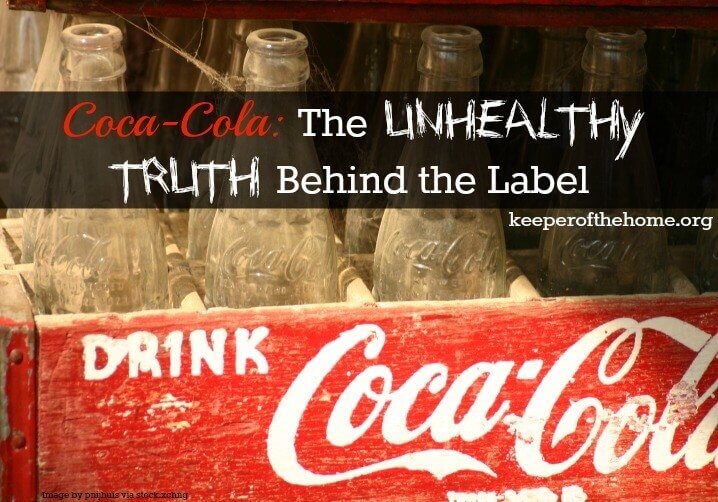
Guest Post by Elsie Callender
Why do healthy people eat unhealthy things?
Why do I? I drink raw milk, eat pastured meat and write real food cookbooks.
And yet…and yet sometimes when I go to a restaurant I order my meal based on how well it will taste with a tall glass of Coke!
I know Coke is unhealthy, but I like the taste.
My appreciation for Coke goes deeper than that, though, and I suspect this is the case for many of you as well (whether with Coke or something else).
Coke is nostalgic.
For us it was always a special treat growing up, one we only had at birthday parties or in ice cream floats on a summer afternoon.
It’s a pride thing, too–Coke is from Georgia and so am I. Oh, and I have a soft spot for bears. Those adorable polar bears in Coke’s Christmas advertisements always do me in.
In the United States, Coca-Cola is a cultural icon that’s part of our identity. The company has created fans since 1892 with its unique bottle shapes and recognizable logo. Their advertising campaigns are genius–they have a corner on Santa Claus and the Olympics, while their war effort campaigns of the 1940s are legendary.
The Coca-Cola company, like other processed food producers, entices us to eat their unhealthy products by building a relationship with us through their packaging. We let ourselves get wrapped up in logos and labels and silly jingles.
Coca-Cola’s aggressive and persistent advertising efforts over the last century have resulted in our consuming an average of 470 soft drinks per person in 2011! (Source.) Americans guzzle soda like water.
Let that stat sink in. Now here’s why it’s a real problem (or 5)!
This is what you get when you drink a Coke:

image by selma04187
Problem #1: Phosphoric acid
This ingredient gives Coke its tangy flavor, but it also erodes tooth enamel and studies have linked it to chronic kidney disease (source).
Problem #2: Sugar
A 12-ounce can of cola (apparently brand doesn’t matter) contains 33 grams of sugar or the equivalent of about eight teaspoons of white granulated sugar (source).
Problem #3: Coloring
The caramel coloring in Coke contains amounts of a known carcinogen created as a byproduct of the manufacturing process (source).
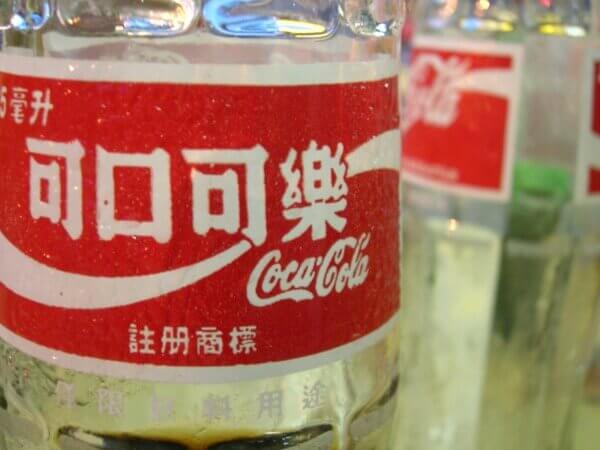
image by allexallied
Problem #4: Artificial sweeteners
Coke’s low-calorie offerings are even worse than their classic counterparts. Aspartame, the sole sweetener in Diet Coke, caused various cancers in animal studies and may also cause neurological problems and headaches (source).
Problem #5: Caffeine
Caffeine occurs naturally in coffee, tea and cocoa, but is purely an additive in soda products. Caffeine is mildly addictive, disrupts sleep patterns and may increase the risk of miscarriage (source).
Even if you haven’t researched all of these components, many people know that soft drinks aren’t exactly elixirs of life.
This beverage is now available in nearly every country in the world and in growing amounts.
My mom, who spent time in Colombia in the 1970s, remembers how even the poorest Colombians served the beverage as a special treat for their guests.
I’ve found Coke in every place I’ve lived in and traveled to, as well. It shows up at every cookout and onces (afternoon tea) in Chile, while Mexico outstrips even the United States in Coke consumption.
And now, according to Muthar Kent, CEO of Coca-Cola, Africa is on the horizon as Coke’s next big marketplace (source).
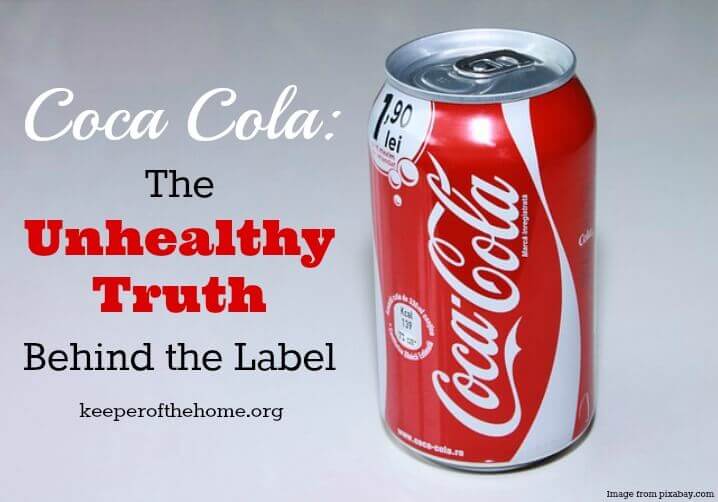
image from pixabay.com
Coke doesn’t rely on its American marketing techniques to build a presence in these countries. (A bundled-up, rosy-cheeked Santa Claus doesn’t have the same effect in a country where you can jump in the pool on Christmas day, for instance.)
Instead, the company creates unique beverages and packaging tailored to the preferences of individual countries and regions. The company also builds recognition by putting up banners and signs in shops that sell Coke, and sponsoring popular local sporting events.
Coke’s presence in developing countries in particular is far from controversial.
On one hand they are providing new jobs in developing nations and sponsoring community enrichment projects.
On the other hand Coke has been fiercely criticized for causing water shortages, micromanaging local businesses, and becoming a new form of colonialism. The detrimental effects of their bottling plants upon the environment and their close connections with politically less-than-free regimes have also been causes for concern (source).
What We Should Take Away From All This
Coke is not all its genius marketing proclaims it to be. Next time, instead of taking “the pause that refreshes,” pause to reflect on the real, global Coca-Cola machine and the true contents of its product. I know I will be!
I’m not saying you should never drink a Coke again, but be savvy about what’s behind that nostalgic red and white label. Marketing is powerful, and companies spend massive amounts of money trying to get us to be loyal to their brands. But we don’t have to be.
When we reconnect to the land and experience its abundance, the packaging of processed foods lose their hold on us. We are no longer pulled into the bright colors and catchy slogans of the processed food industry. Instead we discover the richness of God’s creation and the abundant, healthful food he has created for us to eat and enjoy.
Did you know the unhealthy truth behind the Coca-Cola label?
top image by pinijhuis
Disclosure: I have included an affiliate link in this post. строительство домовнедорогой хостел киевгрузоперевозки киев

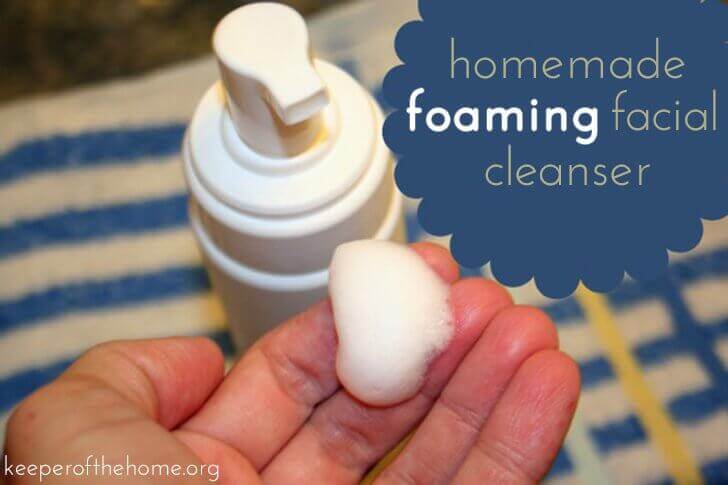
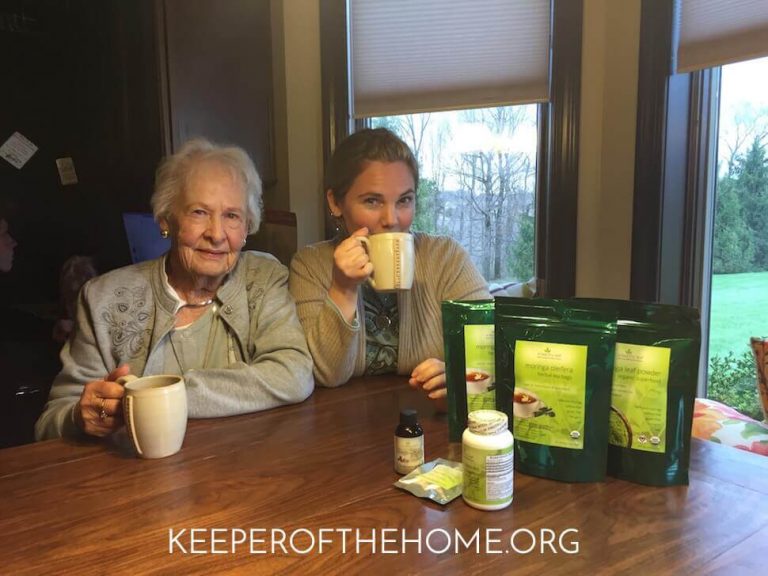

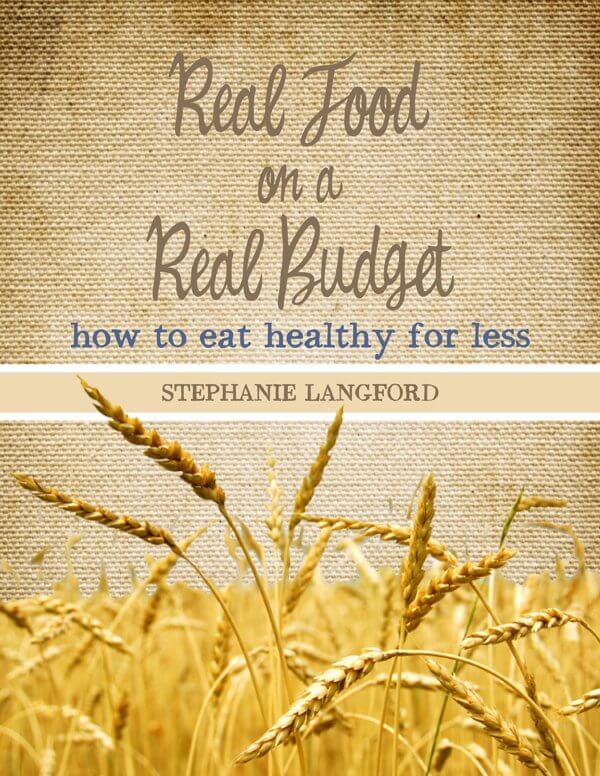
Thanks for this article. I haven’t had soda pop (except an occasional Zevia a couple times a year) for a few years now. I am off processed sugar and gluten, too. But… what do I crave the most? COKE!!! Yes, that is the truth. Even without any other cravings (ok ok, I admit, I go to the movies occasionally just for the popcorn, but I do crave a coke when I eat popcorn).
It has been hard, but articles like this are like a pat on the back for me because it let’s me know I made the right choice 🙂
You are making the right choice! I can hardly believe it, looking back, but I used to drink a Coke every week in college! And I thought I was being healthy because I didn’t have it at every meal! My perspective has changed a lot, but certain processed foods are still a struggle–and Coke is one of them.
Researching for this article was helpful because I really tuned in to the fact that packaging has power over us. And just being aware of my “allegiance” to certain processed foods (because of the nostalgia or the familiarity) makes me less susceptible.
Keep up the good work, Rebecca! And thanks for commenting(:
I, too, have almost eliminated soda consumption. But gosh darnit, sometimes I just want to wash down my burger and cheese curds (I’m from Wisconsin) with an icy cold Mountain Dew.
I think the important thing is to never stop being diligent about reading labels. To never stop researching ingredients that we can’t identify to learn more about their pros/cons. I don’t think it’s wrong or weak to indulge in something “bad” every once in a while. The important thing is to make it a rare event, to do it with your eyes wide open, and to maintain your self-discipline so that you don’t let a once in a while treat become a new bad habit.
Thank you for sharing what’s really in Coke. It’s a good reminder to stay diligent about what we eat.
Thank you for commenting, Jill! Excellent points–enjoy, but don’t overindulge!
I was addicted to diet Pepsi for years but never liked the taste of Coke! We always had diet pop and artificial sweeteners in the house when I was a kid because my dad is diabetic so it was just what I grew up with. I initially stopped drinking it mostly to save on money but would still have it occasionally. Since I learned how awful it really was, I quit completely. The few times I did try it after not having for a long time I got an upset stomach which also helped me decide not to drink it anymore. I do sometimes get Sprite or root beer but those are the occasional exceptions now instead of cola.
That’s so funny–I’ve never liked the taste of Pepsi! It was always Coke.
Your comment reminds me, though–I want to try my hand at making some homemade root beer! I bet that would be a fun drink to customize with fresh spices. And since it’s labour-intensive, it would be a treat, not an everyday drink!
Great article, Elsie! I used to drink all sorts of sodas (including colas) several times a week. Then I wondered why I felt so lethargic. Now I seldom have any soda at all. I’m a water with lemon lady now. So much better.
Mmm…water and lemon! I should do that again! My dad used to take a giant thermos full with him to work every day!
Um, wow. 8 teaspoons of sugar in one little ol’ can? Oh my word! I had no idea. I rarely (maybe twice a year at the most) drink a coke. It used to be my guilty pleasure when I first started this real food journey. With time, I couldn’t stomach them anymore. They were so sweet and made me sick. Now I know why! Wow. Thanks for sharing this. So interesting!
As depressing as that 8 teaspoons is, it’s also encouraging…because you know that just by knocking that one *small* thing out of your diet, you are making a *big* change health-wise!
Nice to see you here, Leigh Ann! Thanks for commenting(:
In the US, the “sugar” used is high fructose corn syrup. It should be considered an artificial sweetener. Corn is soaked for 3 days in sulfites to extract the sugars and make HFCS.
That’s fascinating (albeit gross)! I haven’t looked into the process of how corn syrup is made, but now I want to!
The most illuminating description I’ve found of high fructose corn syrup was in Michael Pollan’s book, Omnivore’s Dilemma. Actually, I really like the ‘young reader’s’ addition because it includes nifty pictures and charts. I own a copy and refer to it often!
*edition* 😉
Thanks, Andi! I’ll check that out.
I’m a decades-long eater of only healthy foods, who bought soda only as a rare treat on major holidays (as you mentioned) when raising my 7 kids. Five of them are “moved-out adults” now, and after going through a “soda phase” they’ve reduced down closer to the way they were raised (yay!). However – now in my 50s, with menopause I’ve become chronically dehydrated (desert dweller) and have developed a yen for Cherry Coke & Dr. Pepper myself! Oddly, nothing else satisfies that DEEP thirst as well. (I promise I’m not being paid to say this, lol!!) I know soda does not ultimately benefit dehydration, but it does stop the thirst. I’ve looked online for healthy drink ideas, and tried water with lemon etc, but have found none to do the job as well – YET. Still looking.
I loved your insight into why we drink it when we know its not good for us. Aside from the taste/thirst-quenching, your nostalgia aspect had me nodding & smiling as I read it! Great article.
Thank you, Lesly! I do remember a Coke tasting VERY refreshing and thirst-quenching one hot childhood day in Disney World(:
My mom raised all six of us to see Coke as a treat. But then, yes, we all overdrank in college! I’ve gotten back into the treat mentality now, for Coke or for my other love, Krispey Kreme doughnuts (I am from the South, after all!!)
If you’ve looked online, I’m sure you’ve already heard of kombucha and water kefir? They can have a slightly carbonated taste, so some people enjoy them as a soda substitute. I also ran across this simple “soda” recipe on a good blog earlier this week: http://nourishingsimplicity.org/2014/01/electrolyte-vanilla-cream-soda.html I haven’t tried it, but it looks tasty!
My husband loves Coke and we used this recipe as a homemade alternative. It turned out that the next time he had a Coke, he preferred our version. We still don’t drink it all the time, but it is a great treat.
http://www.nytimes.com/2011/07/06/dining/cola-syrup-recipe.html
The Ecologist (UK) has an extensive story on Coca-Cola this week. You can find it their website at http://www.theecologist.org/News/news_analysis/2248001/india_cocacola_eviction_from_landgrab_site_imminent.html